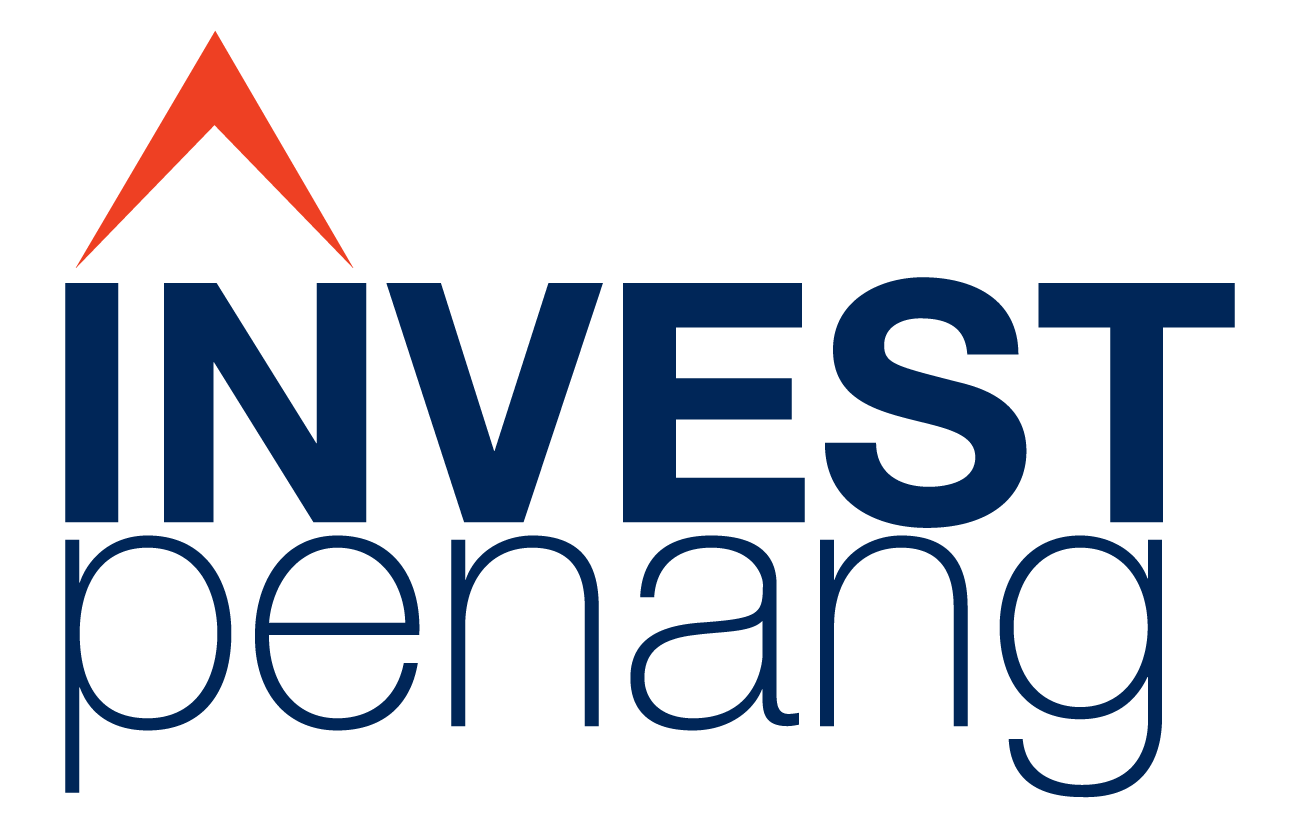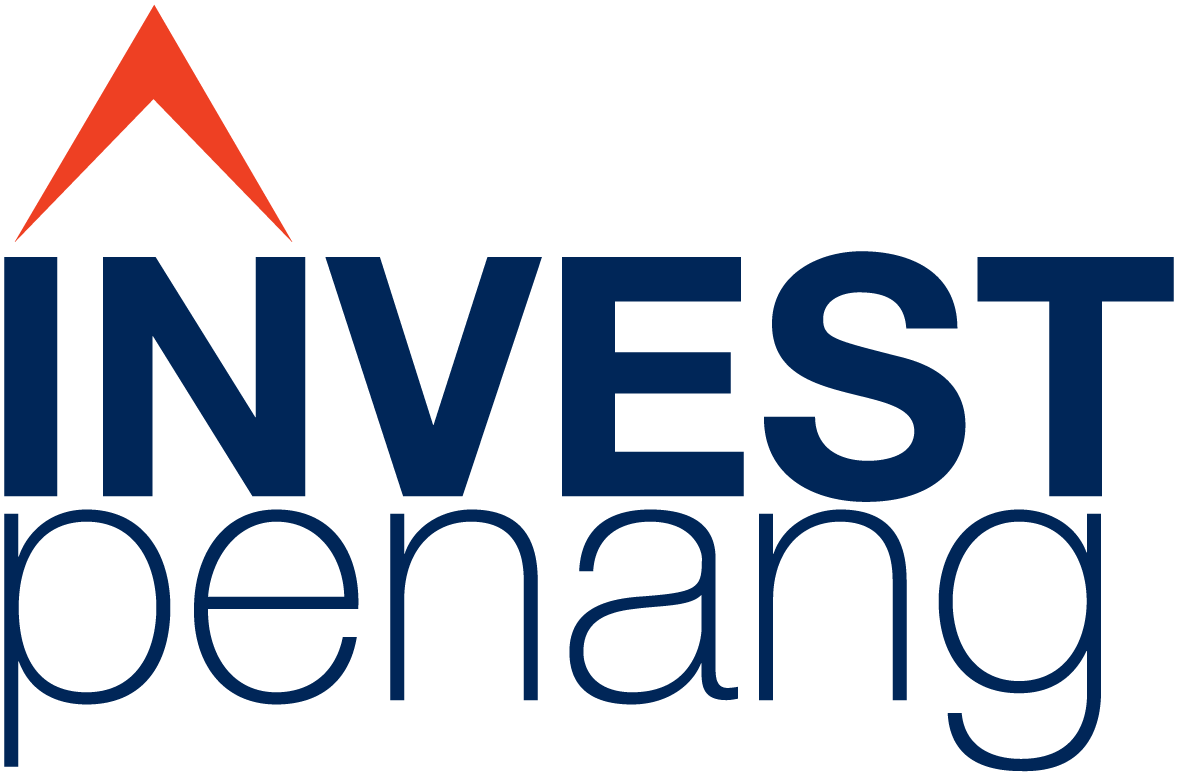
[Press Release] Penang & Malaysia: Beyond Manufacturing Excellence


Penang & Malaysia: Beyond Manufacturing Excellence
Last year, Penang celebrated 50 years of manufacturing excellence, significantly in the electrical and electronics (E&E) sector. While there are many other industries that Penang is known for, such as tin smelting; steelmaking; food production; and the medical device industry, among others, Penang is most well-known for the E&E industry, both nationally and globally.
Today, about 38% of Malaysia’s total export is made up of E&E products, of which about 60% is from Penang; 78% of Malaysia’s external trade surplus is contributed by E&E industry (on average, 70% of Malaysia’s E&E trade surplus is contributed by Penang).
In 2021, 81% of Malaysia’s total Foreign Direct Investments (FDIs) was in the E&E sector (and 50% of this FDIs landed in Penang).
Globally, Malaysia has a 13% market share in chip testing and packaging (and the majority of this is done in Penang).
While the statistics mentioned above are impressive achievements for the second smallest state in Malaysia with its 1.8 million population, it is the united resolution by those who participated in the 50 years of industrialisation journey that charted a course needed to be hatched to go beyond the current successes.
With the current global landscape, Penang is well positioned to contribute towards the exciting growth of the global E&E industry. The East and West technological competition for dominance has provided Penang with the golden opportunity to be a neutral supply hub for both competitors.
The US and its allies have embargoed high-tech equipment and chips to the Chinese block. Consequently, there is a massive relocation of western companies operating in China and Russia into friendly countries. This relocation process also includes companies within ‘possible conflict red zones’ such as Taiwan, Hong Kong, Korea, and Japan.
Hence, the ‘friend-shoring’ process begins.
Penang, being a ‘friendly’ location equipped with a matured E&E ecosystem, has become a natural location for these companies that are looking for a new, friendly home.
- Electrical and electronics (E&E) industry
Penang’s manufacturing excellence used to gravitate towards the back end of the E&E supply chain, mainly in assembly and test space. Penang’s future lies in expanding our established space towards the front end of the E&E supply chain, mainly in the IC design segment, where Penang has the necessary talents. Additionally, Penang has shown its capabilities in providing automation solutions to the manufacturing industry too.
- MedTech industry
Asia has emerged as the fastest growing region for the MedTech industry, prompting tier-1 players to establish manufacturing sites in the region. With a 5-year compound annual growth rate (CAGR) of 6.8%, the Asian market is estimated to reach US$147 billion in 2027.
In tandem with the global expansion, Penang’s exports in professional, scientific and controlling instruments and apparatus (including medical devices) are on an upward trend, contributing about 65% on average of Malaysia’s total in the mentioned industry in 2017-2021. Consequently, Penang has garnered RM7 billion in approved manufacturing investments in Scientific & Measuring Equipment (including medical devices) in 2017-2021, representing 70% of the country’s said total.
Penang also has the highest concentration of MedTech companies in Southeast Asia and is proud to be home to six of the global top 30 medical device companies (by sales). Over the years, Penang has cultivated a matured medical device ecosystem, supported by established local companies.
The MedTech industry is expanding in Penang, while the traditional global MedTech bases in Puerto Rico, Costa Rica, and Ireland are facing human resource and capacity challenges. Furthermore, the expanding middle class and the aging population in Asia that demand better healthcare also opens up new market opportunities in this part of the world.
Additionally, the medical devices industry is expanding in Penang due to the availability of the matured E&E supply chain which the industry can ride on. The technical know-hows in E&E production can be easily adapted into the production of medical devices.
- GBS Industry
As the business model of multinational companies changes towards consolidation of their backroom services, they find that the multi-cultural and multi-lingual human resource available in Penang is a boon to their global operations. Penang’s well-placed time zone to support global operations further benefits these companies.
In line with the changing global business models, Penang also witnessed the surge in more research and development (R&D) activities. Similarly, we are seeing increasing design and development centres being set up in Penang to leverage on the local talents.
That being said, this golden opportunity has a very tight window and presents Penang and Malaysia with challenges too:
Talent, Talent & Talent
Penang is definitely not having enough of them! And we need them fast. In order to sustain economic and industrial growth, Penang needs at least 150,000 talents in the next 5 years.
Multi-pronged strategies need to be initiated urgently, involving all stakeholders such as industry players, Institutes of Higher Learning and government agencies. A tech-driven educational system beginning from the primary level has to be implemented immediately.
Malaysia also needs to ride on others’ talents. A national comprehensive talent attraction program needs to be put in place urgently too.
Availability of talent remains a constraint in sustaining industrial growth. Attracting international talent with certain skillsets (such as software engineering) and more holistic policies in retaining engineering talents are important to create healthy & sustainable talent pipeline.
To attract more knowledge workers to the state, Penang has undertaken a few initiatives, such as the Penang Internship Subsidy Program (PISP) to entice knowledge workers from neighbouring states.
Next, the state has to consider allowing these knowledge workers from neighbouring states to have access to the affordable housing scheme undertaken by the state.
The state’s ability to provide a conducive work, live and play environment for outstation talent will be key to the success of this initiative.
Reviewing government incentives to attract investment
Most government incentives to attract investment have to be reviewed according to the current needs. Grants and tax exemptions should be given to the industries to incentivise and nurture investments that produce tangible intellectual properties as against capital investment centric incentives that may be low in intellectual properties generation.
Malaysia & Penang are ready for a technologically disruptive future
As nearly 40% and 70% of the respective exports value of Malaysia and Penang are made up of E&E products, the country’s and state’s economic well beings are deeply enmeshed in the E&E industry. The only option for us is to overcome the challenges and thrive.
DATO’ SERI LEE KAH CHOON
Special Investment Advisor to the Chief Minister of Penang
/end of statement.
